Video: Resettlement area in Chư Kêy commune (Kông Chro district, Gia Lai province)

In 2018, the People’s Committee of Kông Chro district implemented a project to stabilize the resettlement of free migrants in Lơ Bơ village with a budget of over 3 billion VND. 43 resettlement households were supported with 10 million VND/household for initial costs of construction and relocation.

However, after nearly 6 years, the people here still do not quite adapt to the new living environment, they leave their houses to go farming. The houses in the resettlement area have become dilapidated, abandoned, and overgrown with weeds.
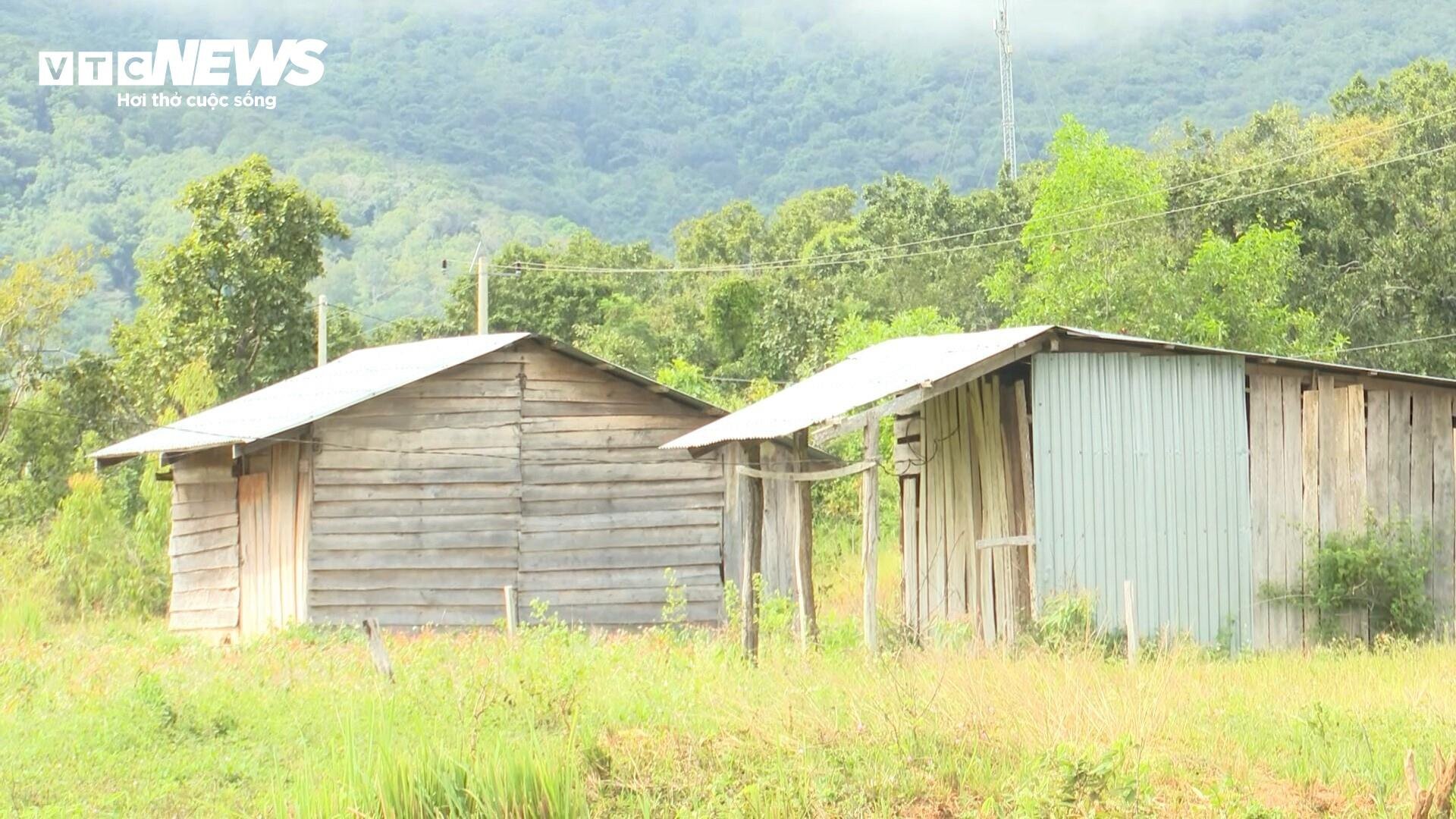
The houses, which are about 30-40 square meters in size, are mostly made of wooden planks with corrugated iron roofs. Many houses have visible cracks, moss, and are deteriorating.
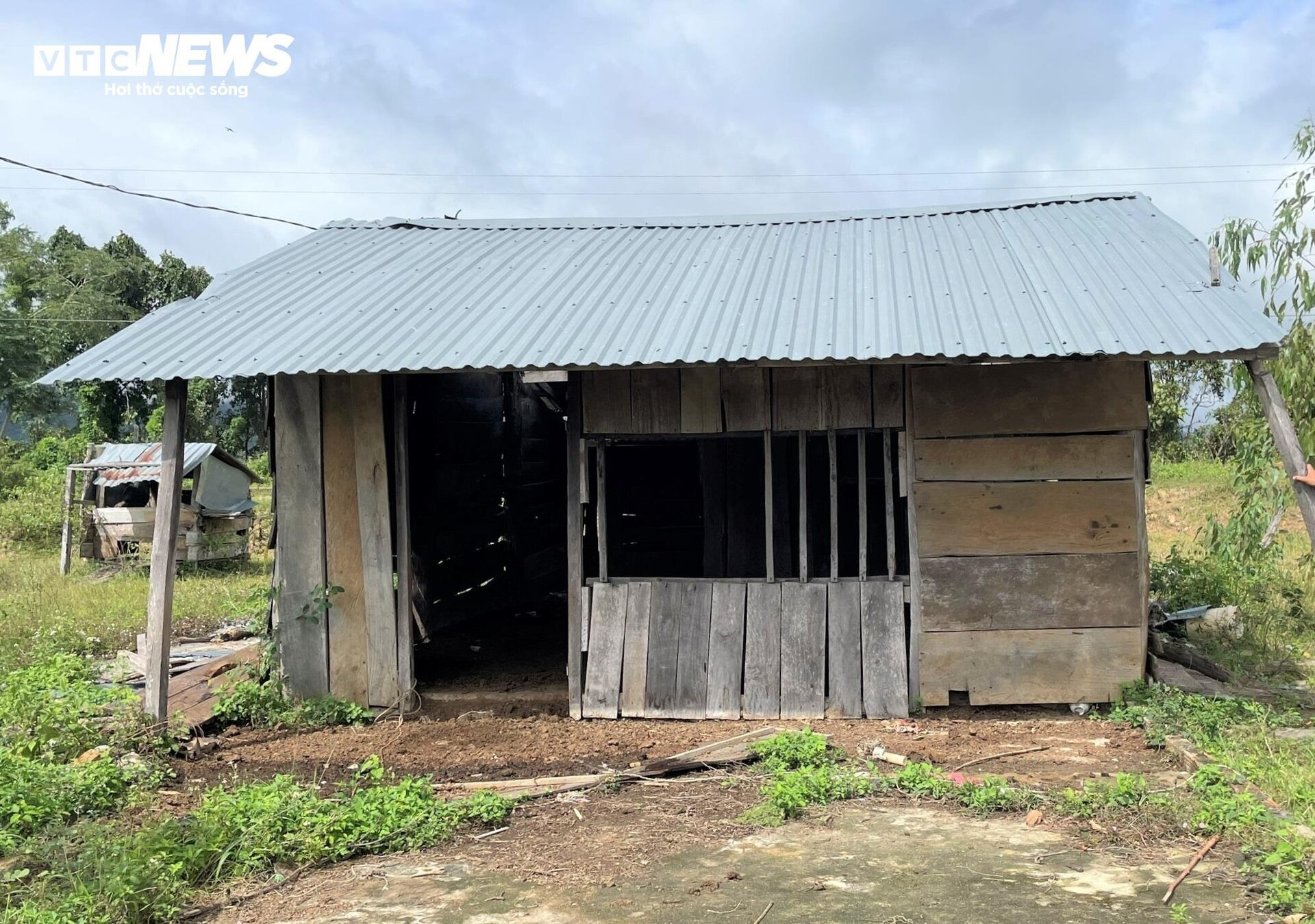
Some houses are used as animal pens.
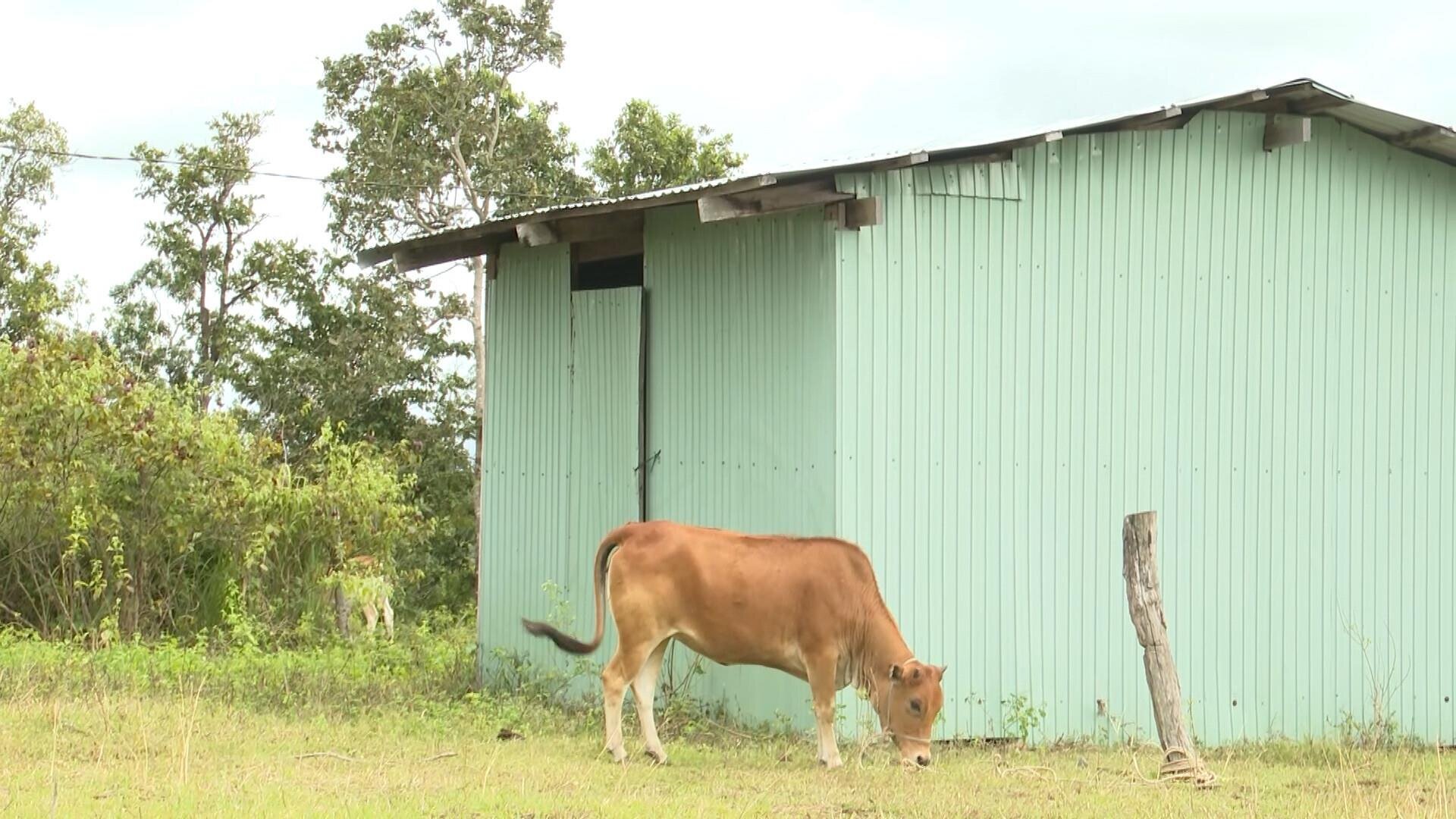
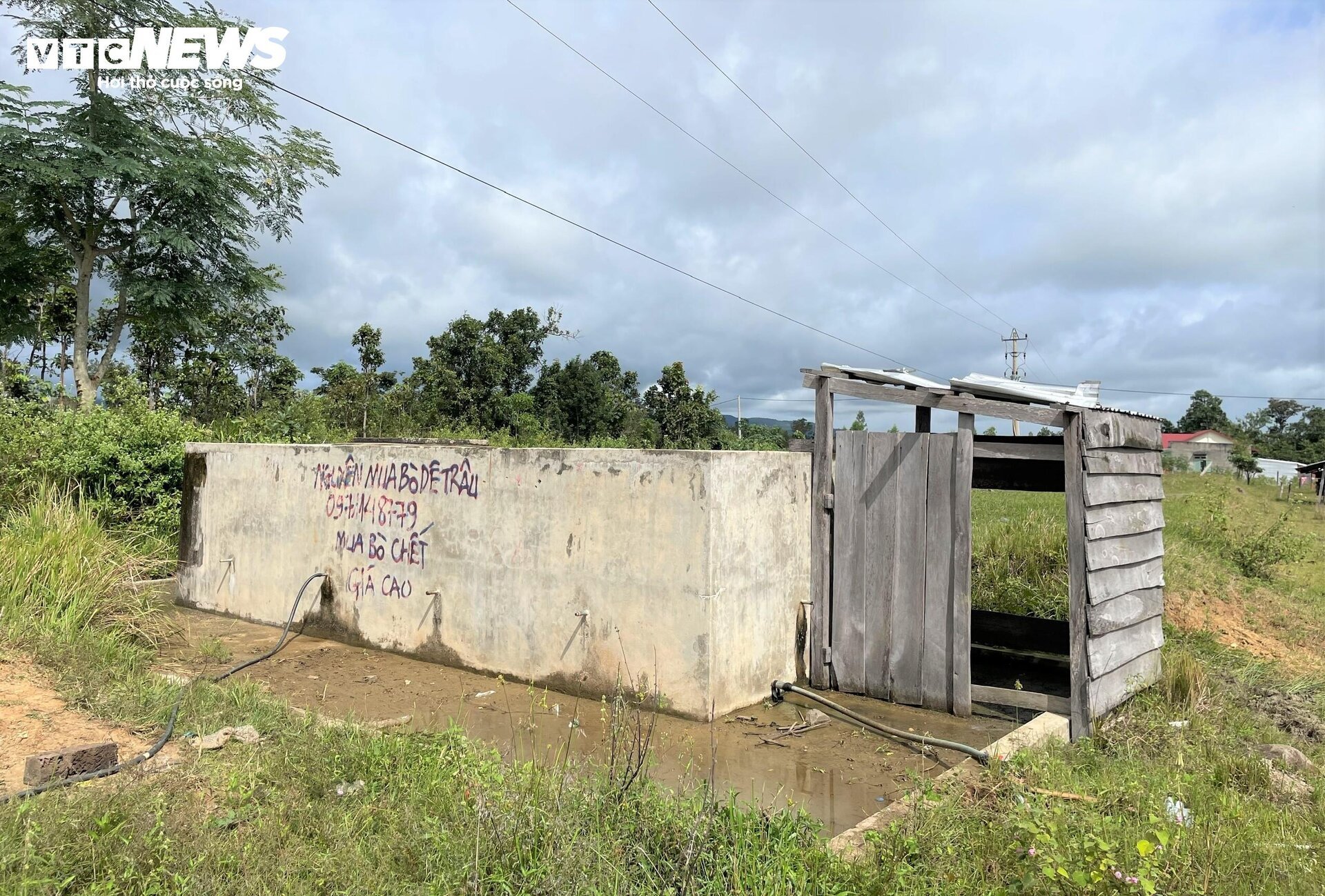
The self-flowing water reservoir is not being used and quickly deteriorates, with graffiti.
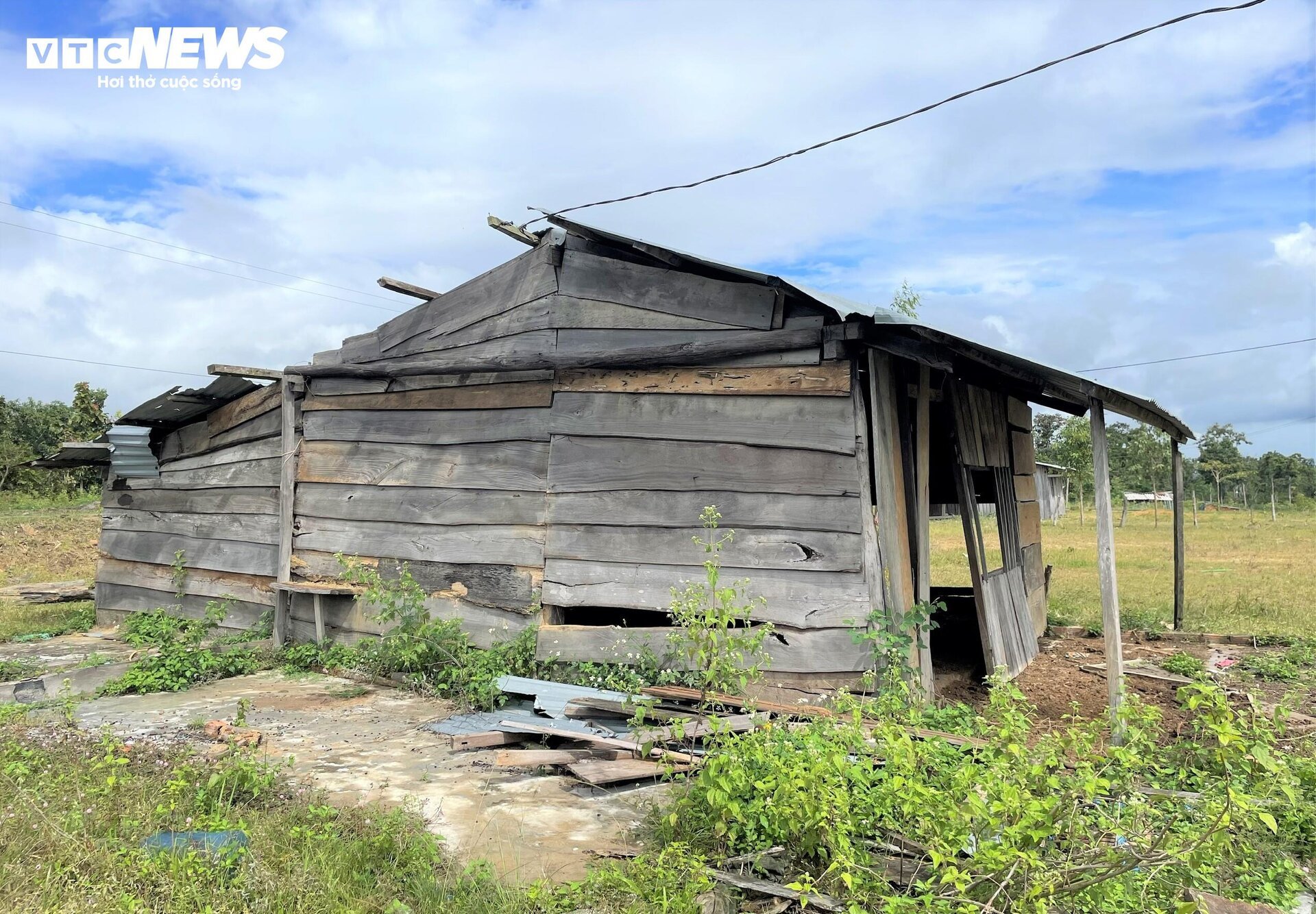
Like many other households, Mr. Triệu Sinh Thành – Deputy Head of Lơ Bơ hamlet left his house in the resettlement area and moved to live in the fields about 3 km away. “I am used to living in the fields, where the land is spacious and suitable for raising chickens and pigs, unlike in the resettlement area. In the old village, there is fertile land for growing coffee, and it is also convenient for taking care of the family’s needs. The resettlement area is very inconvenient,” Mr. Thành explained.
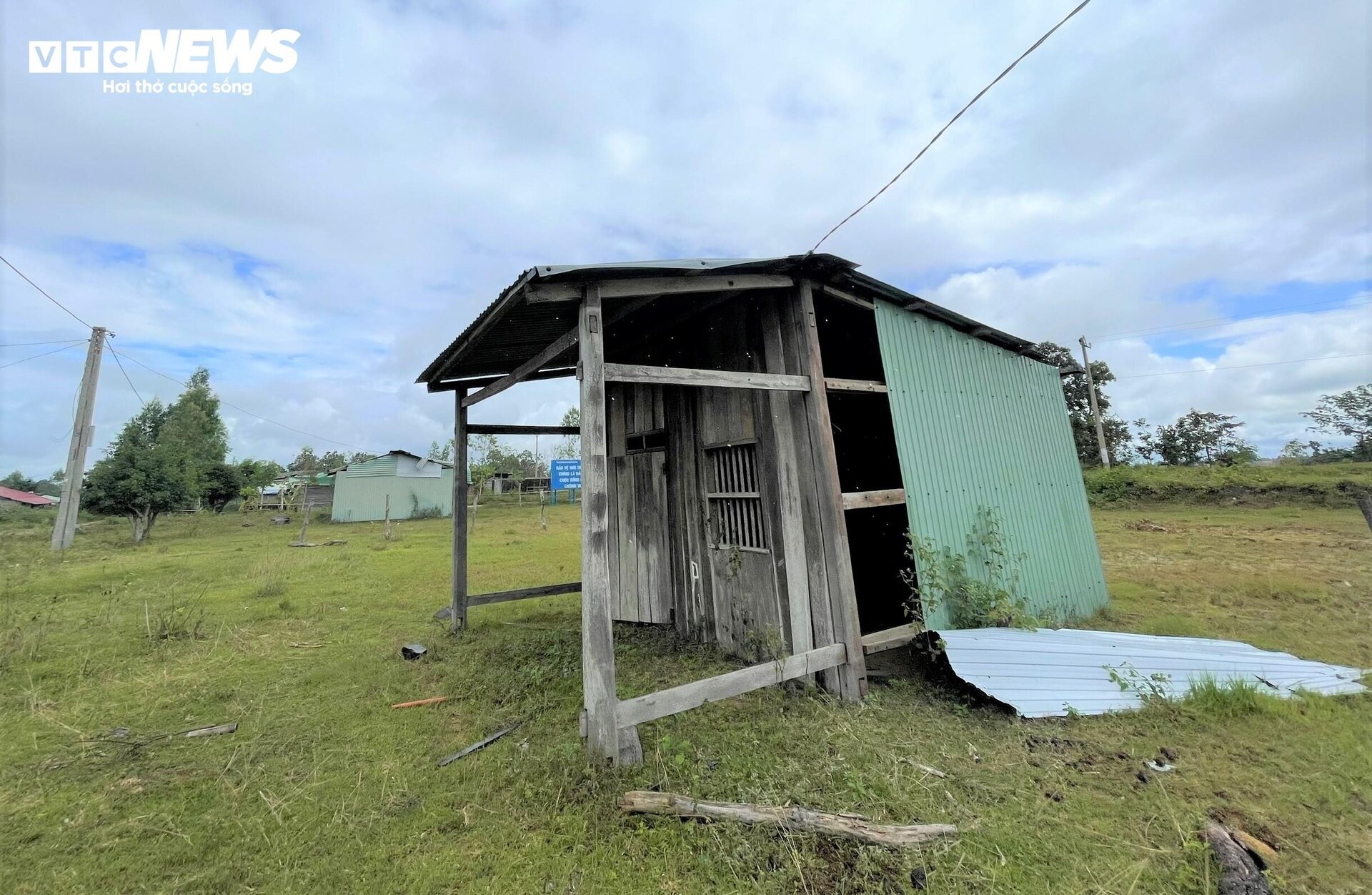
According to Mr. Thành, although there are 43 households in the resettlement area, only about 10 households are living there. Some households travel to work far away, only returning a couple of times a year during Tet holidays, while the majority have returned to the old village.
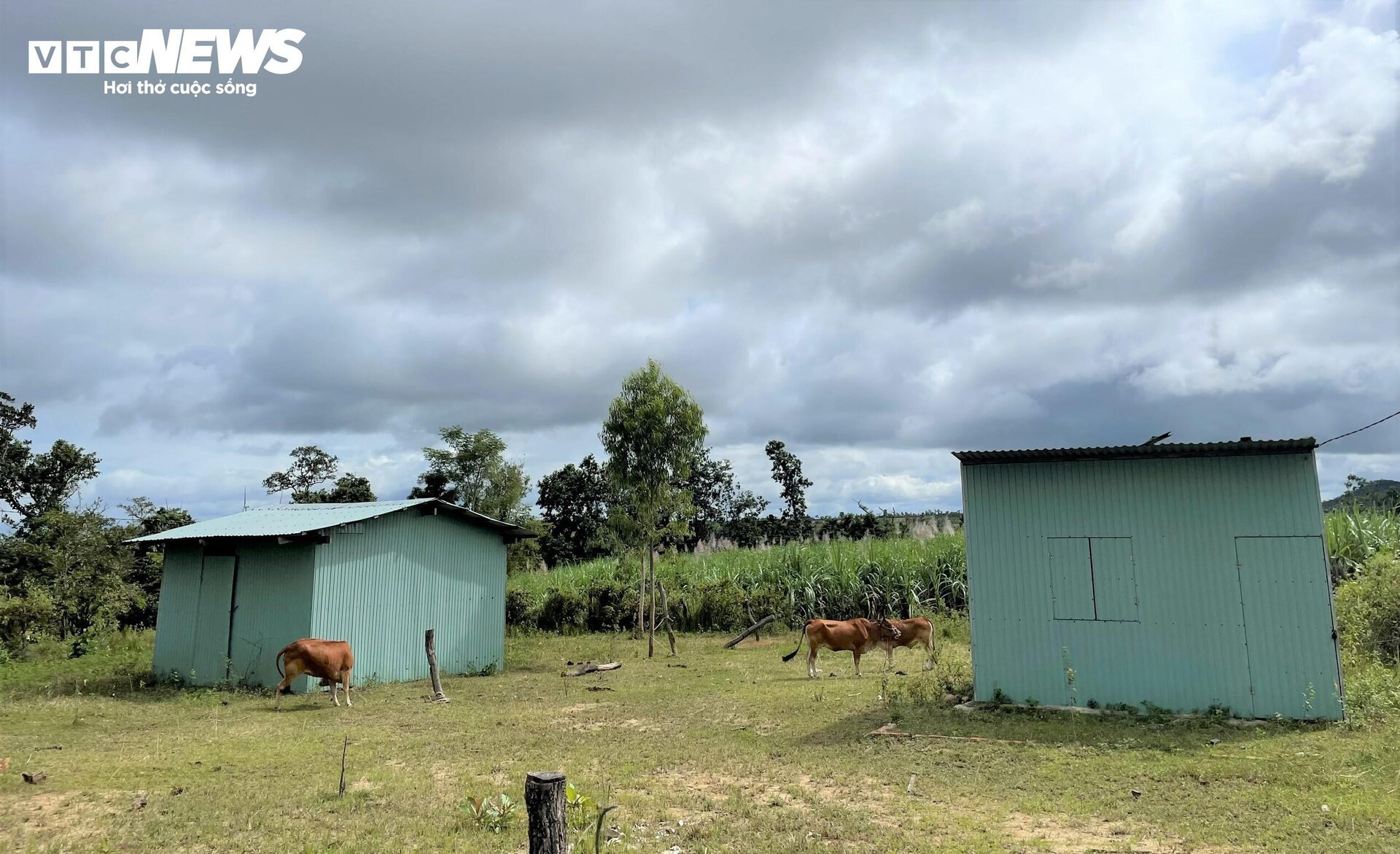
In contrast, Mr. Đặng Thắng Hoa said that he recently moved from Bắc Kạn province to Kông Chro district. Without land or a house, he asked to stay in the resettlement area. “The homeowners live in the old village, not in the resettlement area, so now I am the only one here. I can stay for free, mainly to take care of the houses. It is called a resettlement area, but it is very depressing here,” Mr. Hoa shared.
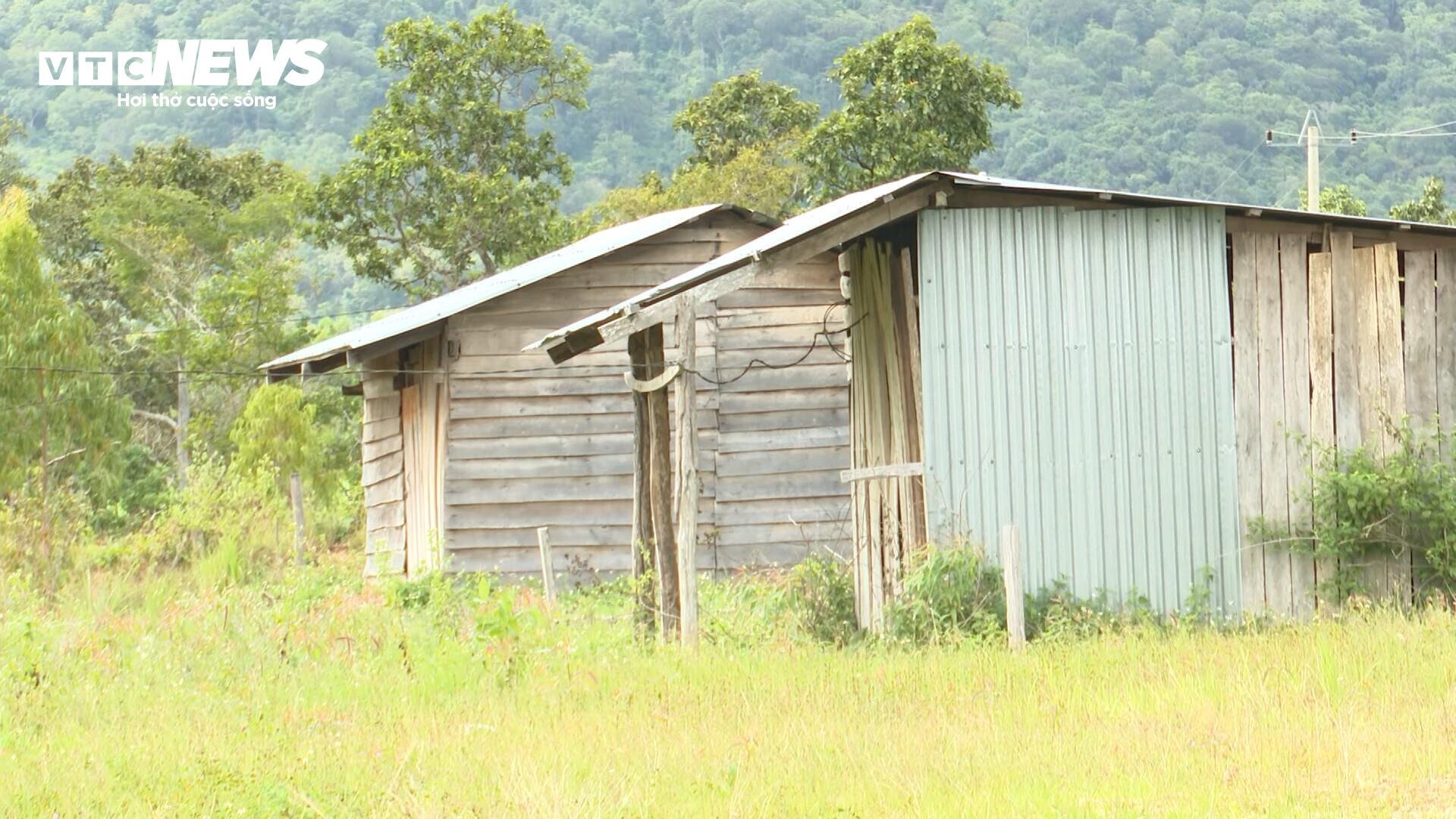
Mr. Đinh Xuân Hưởng – Deputy Chairman of the People’s Committee of Chư Kêy commune, believes that the resettlement area looks deserted because it is currently the farming season and most people stay in the production areas for harvesting. Furthermore, in 2022, the district’s People’s Committee allocated funds to the commune’s People’s Committee to build a 2.6 km concrete road connecting Lơ Bơ village to the production area of the old Dao village. With convenient transportation, many households prefer to stay in the old village.
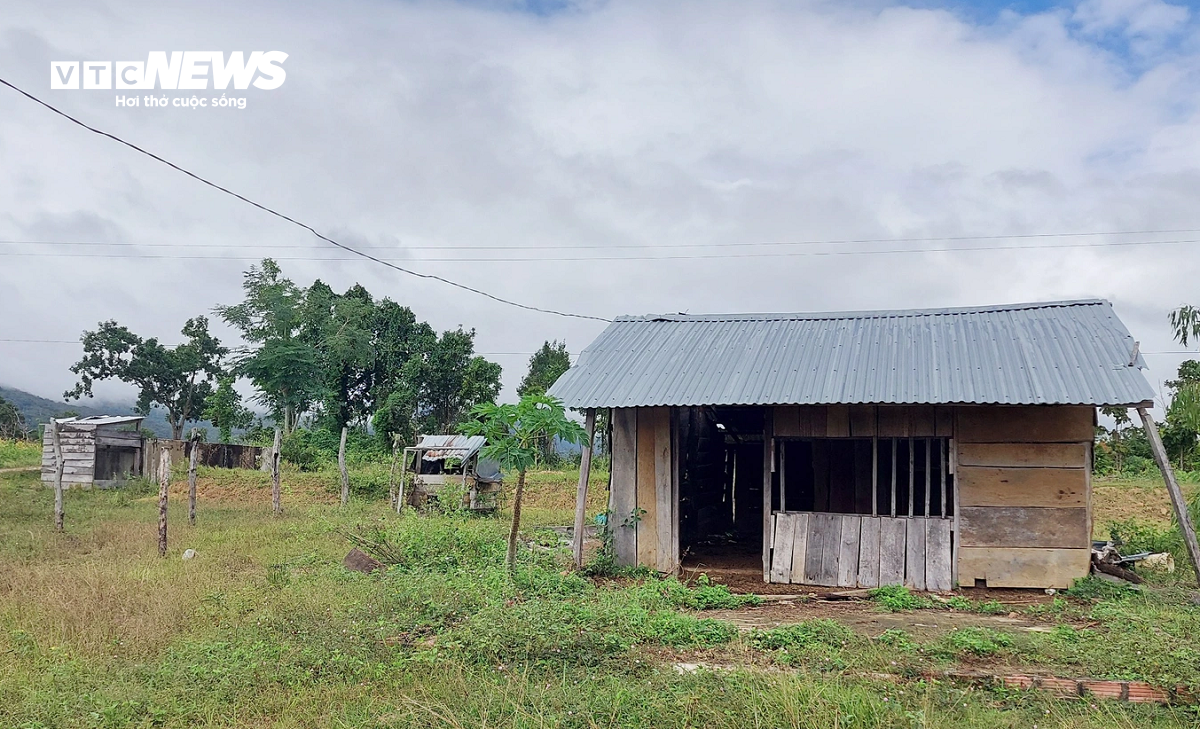
Mr. Huỳnh Ngọc Ẩn – Deputy Chairman of the People’s Committee of Kông Chro district, said that the resettlement project in 2018 was necessary and had significant meaning. The project not only provided favorable conditions for education, healthcare, and security but also helped ensure land planning and forest environmental protection. “The old village is originally designated as forest land and is not included in the residential planning area, so it is not possible to build electricity, roads, or public facilities. We will continue to promote and encourage residents to live stably in the resettlement area,” Mr. Ẩn shared.



































